Client Background
Our client specializes in providing cost-effective renewable energy solutions
The client is a leading solar and wind hybrid energy platform offering innovative solutions to maximize renewable energy replacement at minimal costs for industrial and commercial clients. Their integrated platform delivers comprehensive services, including hybrid project development and execution, optimal energy sourcing, asset management, power trading, operational power management, and green attribute certifications. The client is a pioneer in end-to-end hybrid project execution, followed by long-term asset management.

Challenge
Manual, redundant workflows cause errors, delays and transparency Issues
The current workflow process faces several challenges, including high manual effort and redundancy, as models and simulations are built from scratch for each client, requiring substantial time and effort, especially for adjustments based on feedback. This manual approach is prone to inefficiencies and errors, such as data miskeying, which can be difficult to detect and resolve. The complexity of the process also leads to delays in proposal turnaround times and a lack of transparency, making it difficult for clients to fully understand the implications of their energy decisions.

Healthark’s role
Optimizing decisions through an advanced simulation tool
Healthark’s team reviewed the client’s Excel models and incorporated their logical workflows into the backend of a web tool developed using Laravel. We developed this tool to optimize the users’ energy cost and availability by facilitating the transition from traditional energy sources to renewable energy. This tool will empower users to simulate potential outcomes based on:
- Choice of Energy Source: Evaluate solar, wind, or hybrid options to optimize cost and energy availability.
- Geographic Location: Account for regulatory implications, including losses, charges, and banking provisions, associated with different locations.
- Scale and Combinations: Analyze the impact of scale and source combinations to optimize energy evacuation, minimize clipping losses, ensure peak-time energy availability, and balance energy needs with generation to reduce reliance on high-cost traditional sources while managing surplus energy.





